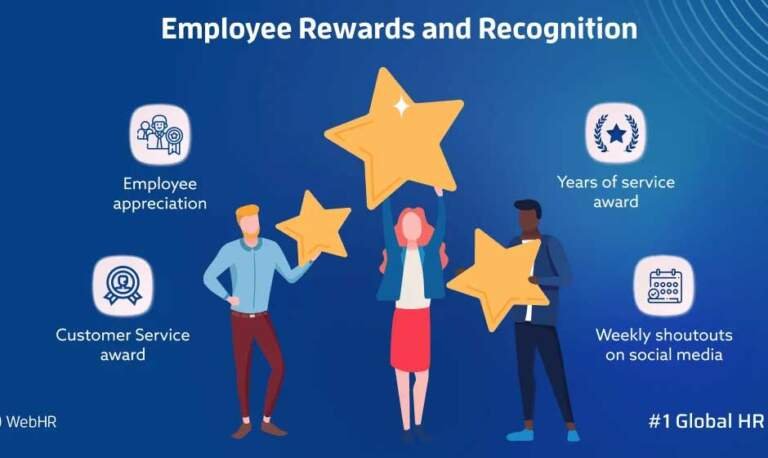Peer pressure among youngsters is a bigger problem than you can imagine. A whopping 55.6% of students in a recent study revealed that they had experienced strong exposure to peer pressure.
Approximately 1-in-5 adolescents are reported to have severe anxiety or depression. These are not random bits of information, but there’s a deep correlation between peer pressure and teenage depression.
You must be wondering how common is teenage depression in correlation with peer pressure. The intense desire to fit in or perform well academically can lead to erratic behavior in teenagers. These behavior patterns might be uncomfortable for young adults to deal with, leading to isolation, inadequacy, and, ultimately, depression.
In this article, we delve into the complex relationship between peer pressure and teenage depression.
Peer Pressure and its Nuances
Peer pressure is unavoidable because its sources are ubiquitous in teenagers’ lives. These include friends, classmates, romantic partners, and social media. The emotional and psychological need to not be left behind can lead to low self-esteem, anxiety, depression, and a distorted sense of identity. On the other hand, resisting negative peer pressure can foster a strong sense of self and resilience.
Contrary to popular belief, peer pressure can be negative and positive as well. For example, 61% of American teens say they feel the pressure to get good academic grades. On the other hand, there are multiple statistics to show that peer pressure forced teenagers to start smoking, drinking, substance use, and indulging in sexual relationships.
There are six types of peer pressure, including negative and positive. Let’s examine the other four types besides positive and negative peer pressure.
Spoken Peer Pressure
This is when one individual asks, suggests, persuades, or forces another to indulge in a specific behavior.
Unspoken Peer Pressure
This is when a teenager watches another person engage in a particular behavior and is tempted to follow because of the norm.
Direct Peer Pressure
This can be spoken or unspoken peer pressure and is more behavior-centric. Examples include being handed a drink at the party or receiving sexual advances.
Indirect Peer Pressure
Indirect peer pressure is similar to unspoken but has a profound impact. This may include ongoing fashion trends, substance use among popular school kids, etc.
The Correlation Between Peer Pressure and Teenage Depression
Peer pressure plays a significant role in developing and exacerbating depression in growing adults. Teenagers are likely to engage in unacceptable behavior because of the relentless pursuit of peer approval.
Polaris Teen Center notes that 20% of teenagers experience depression before reaching adulthood. Moreover, 70% of teenagers with depression are not even receiving any treatment to deal with the issue. This is why suicide is one of the leading causes of death among young adults.
These findings highlight the grave dangers of peer pressure on long-term mental health
and the need to address peer pressure as a potential depressive factor.
Navigating Peer Pressure in Teenage Years
An Association for Child and Adolescent Mental Health study has shown that the lower quality of peer support has been correlated with depressive symptoms in people. The same study also confirmed that the peer support quality in adolescents can cause long-term depressive symptoms. Therefore, it’s essential to deal with peer pressure in the teenage years to avoid long-term mental health issues, and here is how you can do it.
Self-Confidence and Assertiveness
To resist negative influence, you must be aware of your strengths and values. Moreover, learning to say “no” confidently and respectfully is even more critical. Ideally, you should practice assertive responses beforehand to prepare for challenging situations.
Set Boundaries
The next step is to set boundaries regarding what you are not comfortable doing. This can be hard given the pressure to be accepted and fit in, but being accepted by your peers is not worth the cost of diminished quality of life caused by depressive symptoms.
Don’t Hesitate to Seek Help
When faced with a challenging situation, don’t be afraid to talk and seek help from a trusted adult. This can be anyone, including parents, teachers, or the school counselor. They can offer much-needed guidance and support to deal with peer pressure.
Build a Strong Support System
Lastly, it is very important to surround yourself with responsible friends who share your values, encourage positive behavior, and support your decisions. Lastly, foster and maintain healthy relationships with trusted adults who can provide guidance.
It’s essential to recognize the direct correlation between peer pressure and depression. This is very important to develop effective peer pressure prevention strategies. Teenagers can navigate peer pressure more effectively by developing self-confidence, fostering assertiveness, and building healthy relationships.











